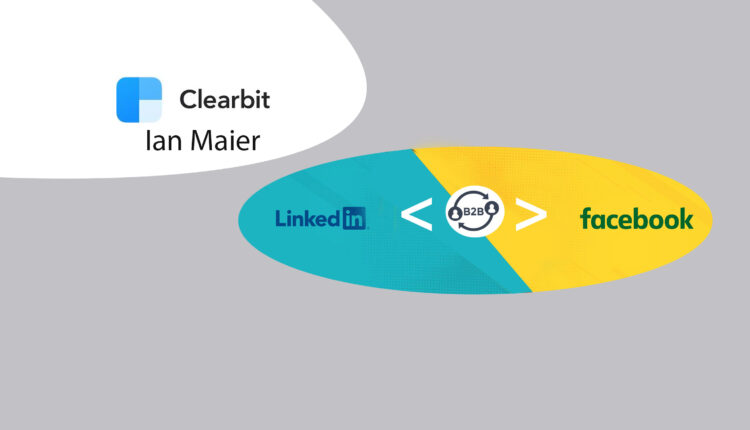As with many other industries, COVID-19 has exposed the need for a digital transformation in the legacy banking industry. Customers are demanding convenience and streamlined customer service that are not encumbered by the government-regulated constraints of legacy banks. Several fintech categories such as Peer-to-Peer (P2P) transaction platforms and neobanks have been in existence for several years, but now enjoy more mainstream status due to pandemic-induced digital acceleration. With more customers embracing digital innovations and no-contact payments in the wake of temporary bank closures and reduced branch hours, legacy banks will need to demonstrate digital agility and explore collaboration with disruptive competitors to create improved omnichannel experiences that will increase brand loyalty and revenue.Digital Builds Consumer Satisfaction within Legacy Banks Ecosystem
Although legacy banks continue to be the most trusted institutions, they were already struggling to manage the decline in brand affinity pre-pandemic. Accenture’s 2020 Banking Consumer Survey found that just “29% of respondents trust their banks to look after their long-term financial wellbeing, compared with 43% two years ago”. However, overall customer satisfaction is improved with well-designed digital banking platforms. With 36% of retail bank customers receiving digital advice, overall customer satisfaction jumps 21 points, in comparison to satisfaction of in-person guidance rising a dismal two points. Further, a 2020 Deloitte survey of over 2,000 Americans found that 80% of consumers who were primarily dependent on cash and checks as preferred payment forms, plan to use more digital payment tools post-pandemic.
The increased demand for digitally intuitive financial services has given rise to the popularity of emerging fintech categories that also provide viable solutions to issues that have long plagued the traditional banking industry. These disruptors encouraged the seismic shift in the banking industry by appealing to customers with lower costs and intuitive transactional processes.
Newer technologies also guarantee transparency, privacy, security, and minimization of risk. Because fintech companies are classified as B2B, they are able to fundamentally reimagine the traditional services and offerings of legacy banks. Maybe most importantly, the accelerated advances in computing and information processing without intermediary institutions present the biggest challenge to the long-standing reign of legacy banks and has made blockchain a major player in conversations around financial innovation.
An Opportunity to Scale into New Markets
Blockchain’s ability to provide transparent, secure, and speedy transactions through decentralized ledgers may be the biggest threat in the near future to traditional banks. When it’s done right – it’s more secure, settles faster, and is less expensive than traditional credit card and ATM payment options that are built on 30-plus year-old legacy networks. As a result, there is a growing customer base that is getting increasingly comfortable with crypto. According to a recent Consultancy report, the global average of annual digital transactions per person is almost 100. This includes cryptocurrency, contactless payments, digital orders and online payments.
Blockchain-enabled payments give way to other attractive benefits such as financial inclusion of the unbanked as well as pricing model innovations with micro-payments that enable a much-needed “pay-per-use” model in the digital world. Consumers are able to acquire and save cryptocurrency through virtual wallets, conduct financial transactions through mobile devices and invest in global markets without the use of a traditional intermediary.
The absence of traditional banking infrastructure allows for nominal transaction fees making it a viable alternative to the notoriously high merchant fees that are characteristic of credit card and ATM transactions. It is no longer a question of IF crypto or digital currency will become a common method of payment, but when and where they will be highly applicable. Once there is more clarity on regulations and tax implications on cryptocurrency there is a very good probability that digital currencies will become mainstream especially in the purchase of digital goods. Banks looking to ease into the blockchain can slowly test the waters by offering businesses the ability to accept a few popular cryptocurrencies in B2B sales as well as facilitating the trade and sale of cryptocurrencies through existing partnerships.
Just like all companies had to get ready for the dot.com explosion to open up an online channel, banks need to think about how to prepare themselves for the future. While it is unlikely that fintech companies will completely topple legacy banks, legacy banks stand to lose a significant portion of their customer base if they are unable to provide the seamless, streamlined digitized customer service experience at more competitive rates that consumers crave and have access to through competitor disruptive platforms.







